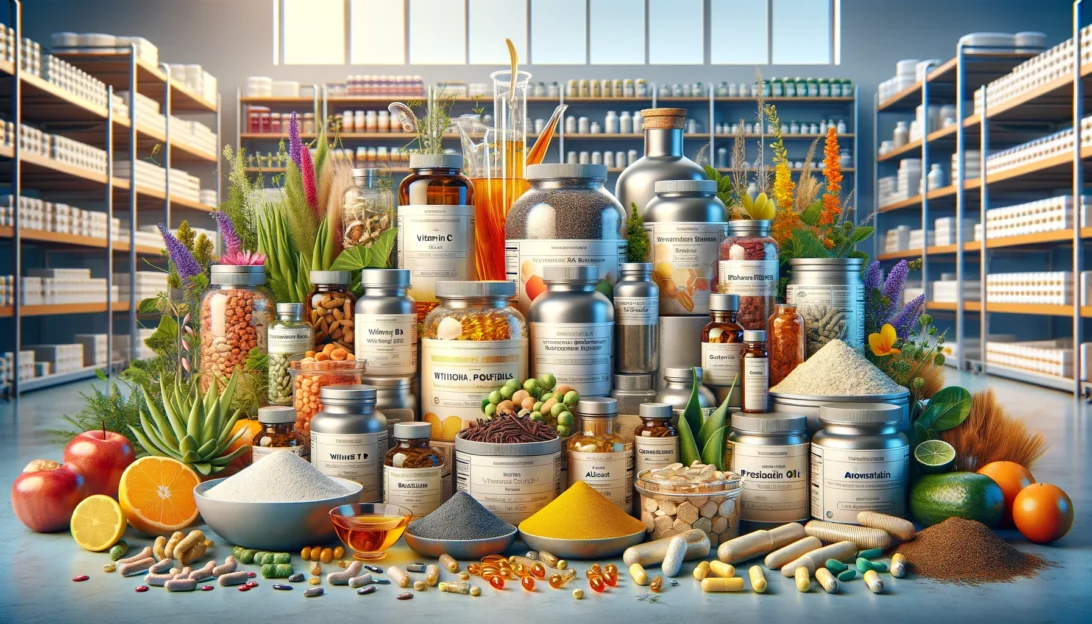In a world increasingly conscious of sustainability and environmental impact, the concept of upcycling has found a prominent place, especially in the realm of nutrition. Upcycling, in the context of food, refers to the process of transforming by-products or otherwise discarded elements of food production into new, high-quality ingredients. This innovative approach not only contributes to reducing waste but also unlocks a new frontier in nutritional options.
The Rise of Upcycled Foods
The journey of upcycled ingredients began as a response to the alarming rates of food waste globally. According to the United Nations Food and Agriculture Organization, approximately one-third of the food produced for human consumption is lost or wasted. This awareness has sparked a movement among consumers, producers, and nutritionists to find sustainable solutions, giving rise to the concept of upcycling food.
From Waste to Wellness
Upcycled ingredients turn what would be waste into nutritional gold. These can range from fruit peels rich in antioxidants to spent grains from brewing that are high in fiber and protein. The beauty of upcycling lies in its dual impact: reducing environmental waste while contributing to health and nutrition.
Examples of Upcycled Nutrition
- Spent Grains: Breweries often discard grains post the brewing process. These grains are rich in fiber and protein, making them a perfect ingredient for energy bars, bread, and even cereals.
- Fruit Pomace: The pulp left after juicing fruits is usually rich in fiber and nutrients. This pomace can be used in snack bars, smoothies, or as natural sweeteners.
- Vegetable Scraps: Often, parts of vegetables that are not used in cooking, like stems or leaves, are packed with nutrients. These can be transformed into vegetable powders used in soups, sauces, or as a seasoning.
Nutritional and Environmental Benefits
The nutritional value of upcycled ingredients is often comparable to, or even higher than, their non-upcycled counterparts. Moreover, by utilizing these otherwise discarded elements, we significantly reduce our environmental footprint, contributing to a more sustainable food ecosystem.
The Market and Consumer Response
The market for upcycled foods has seen a significant rise, driven by both environmental consciousness and a growing interest in novel, nutritious food products. Consumers are increasingly seeking out these products, recognizing the value they hold in promoting both personal health and environmental sustainability.
Challenges and Opportunities
While the upcycling movement is growing, it faces challenges in terms of logistics, public awareness, and regulatory frameworks. However, these challenges present opportunities for innovation and development, both in technology and in market strategies.
The Future of Food Upcycling
The future of upcycled ingredients in nutrition looks promising. As technology advances and awareness grows, the possibilities for what can be upcycled expand, opening doors to a variety of new, sustainable, and nutritious food products.
Conclusion
The journey of upcycled ingredients in modern nutrition is a testament to innovation and sustainability working hand in hand. This approach not only addresses the critical issue of food waste but also enhances our nutritional choices, making it a pivotal movement in the journey towards a more sustainable and healthy future. As we continue to explore the potential of upcycling, we pave the way for a food system that is as nourishing as it is conscientious.
